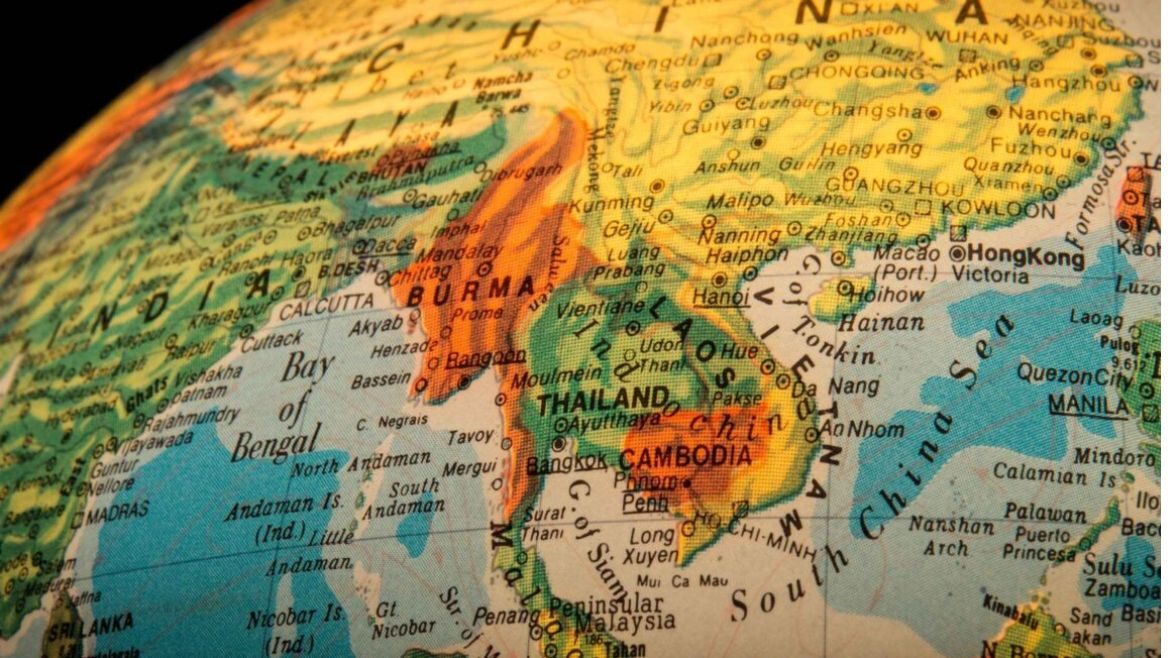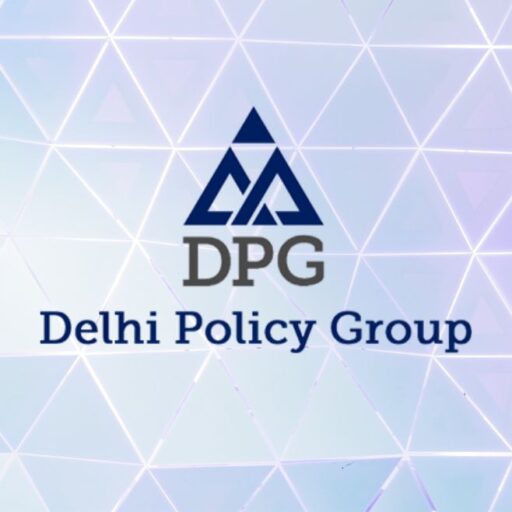Active interest by India’s new leadership has provided an adrenaline shot to the flagging discourse on South Asian regionalism. During interactions with South Asian leaders on the sidelines of the United Nations General Assembly meeting in New York, Modi reiterated the need for greater regional integration in South Asia. This was in consonance with his Neighbours First policy, first initiated with invitations to South Asian heads of state to attend his swearing-in ceremony in May 2014.
The South Asian region is assuming primacy in Modi’s foreign policy. Modi’s first day in office was dedicated exclusively to bilateral meetings with fellow leaders of the SAARC countries (Afghanistan, Bangladesh, Bhutan, Sri Lanka, Nepal, Pakistan, and the Maldives). His first state visit was to Bhutan and then Nepal. During visits abroad and even when engaging with domestic audience, Modi has stressed the need for greater regional cooperation.
And Modi’s approach is finding traction. Nepal’s foreign minister Mahendra Bahadur Pandey recently visited India to invite Modi to the South Asian Association for Regional Cooperation (SAARC) summit, to be held in November in Kathmandu. Pandey reportedly noted that the SAARC summit will be taking place in the ‘changed’ context of India’s new Neighbours First policy.




